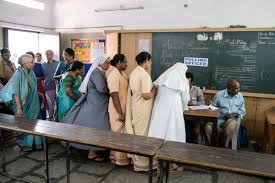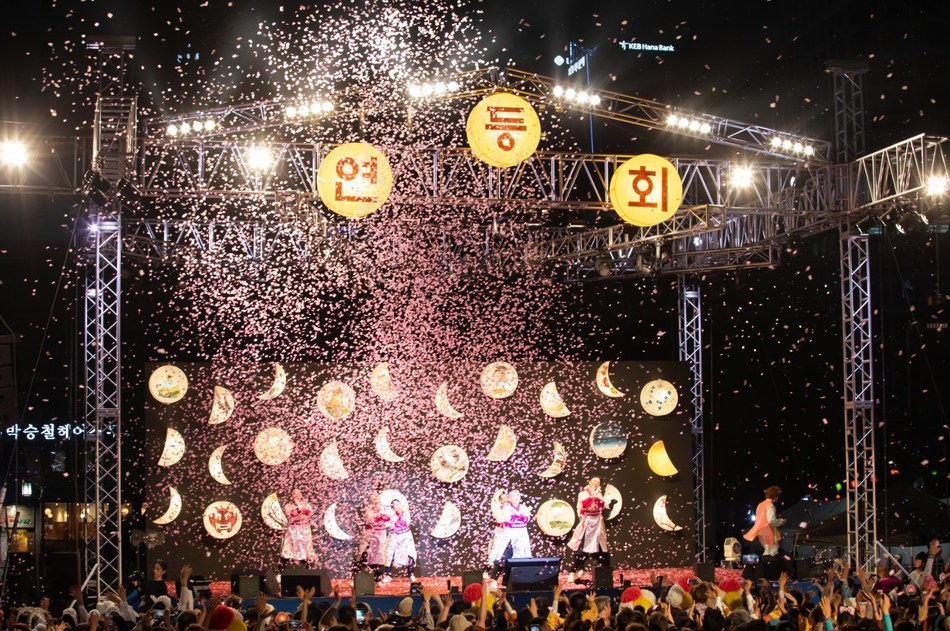Source: freepressjournal.in
The spokespersons of both the BJP and the Congress were probably right in their comments on the political instability in Karnataka. While the Congress alleged that the BJP was “buying” the ruling alliance’s MLAs to grab power in the state, the BJP asserted that it could not be blamed if the Janata Dal (S)-Congress government could not keep its own house in order.
The phenomenon of the legislators on the lookout for greener pastures has been an unsavoury aspect of Indian politics since the “Aya Ram, Gaya Ram” days of defection in Haryana in 1967 (and elsewhere afterwards) which now features in the Wikipedia. The reference is to a footloose Haryana MLA who changed parties thrice in a fortnight.
The rebellious Karnataka legislators belonging to the Congress and the Janata Dal (S) have been less adventurous. But they have kept their party bosses on tenterhooks about their intentions ever since the two parties, which fought against each other in the last assembly election, came together to form a government to keep out the BJP. But it was a quest for power and not any ideological opposition to the BJP which made them form a coalition.
Since then, it has been a fragile arrangement and has become even frailer after the BJP’s resounding successes at the national level this year and also in Karnataka where it won 25 of the 28 seats in the latest parliamentary polls. With the political winds clearly blowing in the BJP’s favour, some of the ruling coalition’s MLAs are apparently wondering whether their earlier career choices were all right.
The BJP has also apparently not hesitated to woo them with various inducements – ministerial and otherwise – in an exercise which has been called Operation Lotus. The lotus, as is known, is the BJP’s symbol.
But what is worth considering in this unedifying context is up to to what extent do operations of this kind are compatible with Narendra Modi’s pet project of ushering in an era of “one nation, one poll” (ON-OP) where there will be simultaneous elections every five years at the assembly, parliamentary and municipal levels.
The objective, as has been explained by the BJP, is to dispense with the present practice of elections at the assembly and municipal levels in various states virtually almost every year which entail considerable expenditure and interfere with purposeful governance.
There may be a case for ON-OP, but how will it fit in with Operation Lotus? The ON-OP concept assumes that once elected, the central the state governments, as well as the municipal bodies, will function uninterrupted for five years.
But the state governments can hardly do so if an Operation Lotus is launched, for the latter’s objective is to wean away from the power hungry MLAs from the ruling party or alliance and form another government.
Since an operation of this nature can only take place in the midst of a five-year term in a state, it cannot but disturb the ON-OP system. Even if the government which assumes office halfway through a five-year term proves to be reasonably stable, its political legitimacy will still be open to question because of its dubious route to power. The ousted parties will have every right, therefore, to call for an election.
At the root of the problem are, obviously the fickle loyalties of today’s politicians. As long as ideology takes a backseat and the lure of the perks and privileges of office in a ruling dispensation remains the main reason for switching sides, the poachers of the most resourceful of the parties will have an advantage over their rivals in winning over the greedy.
Avarice is at the core of the floor-crossings which the anti-defection law has done little to curb presumably because the defectors move in herds.
However, it remains a mystery, as Milan Vaishnav says in his book, When Crime Pays: Money and Muscle in Indian Politics, “How democratic elections and large numbers of elected officials tied to illegal activity can comfortably coexist.
“After all, the democratic theory suggests that one of the crucial functions of elections is to provide a reliable channel through which voters can weed out badly behaving politicians… If, however, candidates tied to wrongdoing are rewarded, rather than rejected … it means something is amiss in the functioning of democracy”.
Since defections take place on the promise of “rewards”, it is obvious that exercises like Operation Lotus harm the democratic structure. But will ON-OP lead to restrictions being placed on such operations so that the projected virtually fixed five-year terms of the legislatures are not disturbed?
No unambiguous answers are available because curbs on such manoeuvres will mean that the covetous legislators will have to turn over a new leaf where morals are concerned. It is possible, therefore, that just as the parties have continued to field the so-called history-sheeters because of their influence in their respective constituencies, the “Aya Ram, Gaya Ram” phenomenon will remain a part of Indian politics in the foreseeable future.

